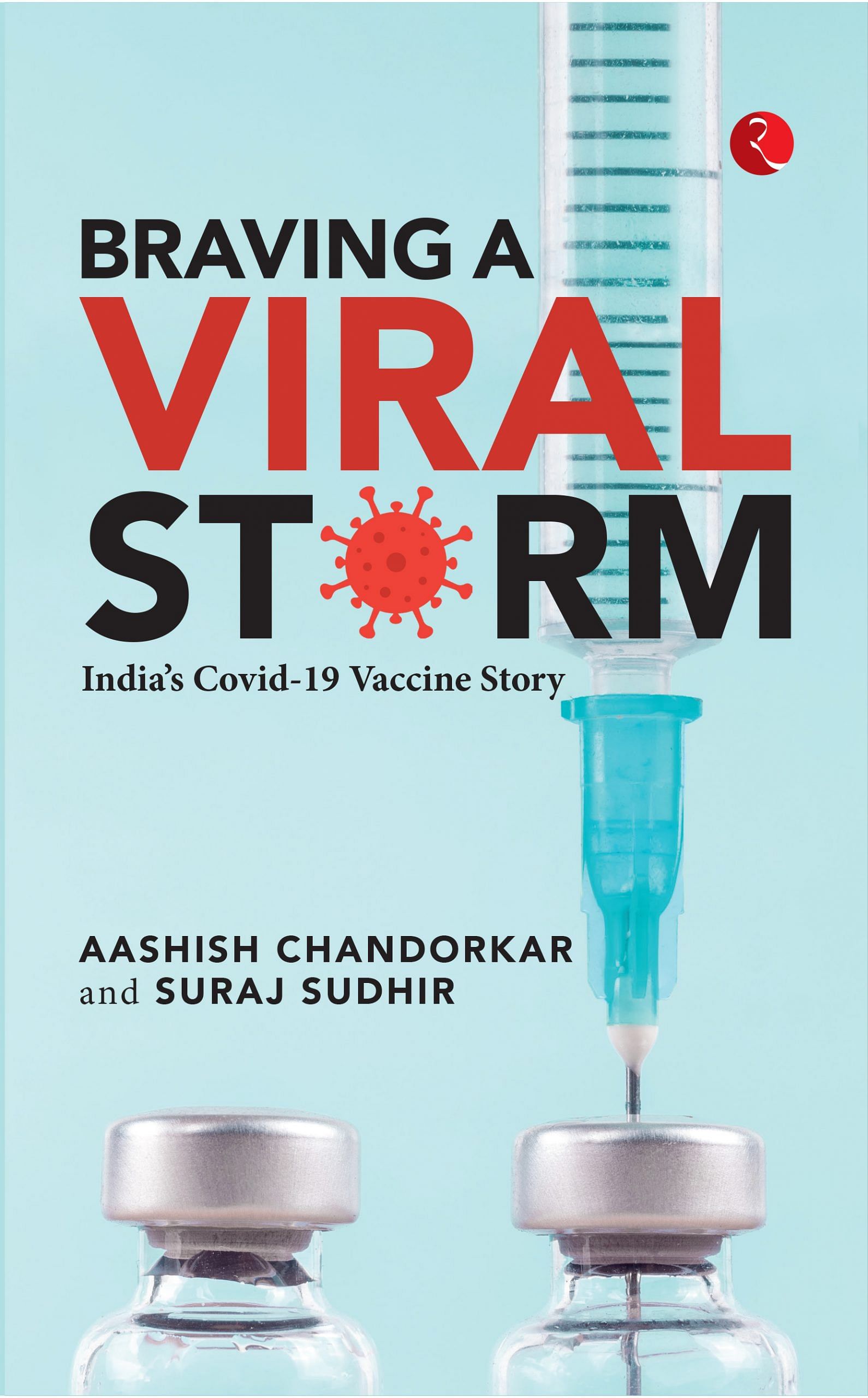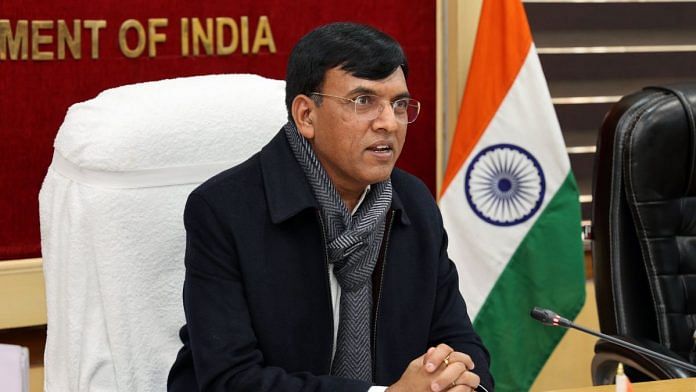Opinion pieces and podcasts ‘educated’ people on why India was doing the wrong thing by not tapping into Pfizer. Whether these suggestions were made keeping in mind national interests or taken up expressly at the behest of the pharmaceutical firms in violation of Indian healthcare media regulations may never be known.
After the second wave, the NEGVAC restarted its discussion with Pfizer and Moderna to see if their vaccines could add to the national programme in any meaningful manner. Pfizer was willing to provide 50 million doses and Moderna just 7.5 million doses by the end of 2021. These doses would be supplied at around $20 per dose and they, of course, came with the standard contractual terms, which would strangulate the government in case anything went wrong.
These quantities were too small to make any difference to India’s real requirements. Also, these vaccines would come so late in the year that their administration would not really make any significant additional impact in controlling the virus.
It was this small quantity on offer for which Indian authors, media personalities and entertainment business stalwarts put pressure on their own government to get Pfizer vaccines—clearly a targeted exercise.
For the sake of thoroughness, let us assume that India should have ‘swallowed its pride’ and done anything necessary to procure mRNA vaccines—pay the price, sign the indemnity clauses and everything else. After all, many richer countries did. And, of course, they placed their orders well ahead of time. Would that have ensured reliable supplies? In short, no. It wasn’t physically possible at all. The reason can be summarized in two terms: ‘air freight’ and ‘dry ice’. WHO guidelines13 show that Pfizer/BioNTech vaccines must be kept at ultra-low temperature (ULT) of -60oC for long-term storage. Pfizer designed specialized transport boxes for the purpose and only uses them for vaccine transport.
Each of these boxes weigh about 38 kg, most of it on account of the dry ice. A large refrigerated truck can hold about 60 such boxes, or about 3 lakh doses, weighing just over 2,200 kg. While a large aircraft can theoretically hold several truckloads worth—a Boeing 777-200F freighter has a revenue payload of over 1 lakh kg—the real payload capability is far lower. The reason is simple: federal aviation safety authorities restrict the maximum amount of dry ice a plane can carry. Originally just 3,000 lbs (1,360 kg), it was extended by the US Federal Aviation Administration to 15,000 lbs (6,800 kg) for Covid-19 vaccine transport, but this only applies to certain jurisdictions.15 Excess dry ice in the hold can result in dry ice sublimation, overwhelming the aircraft’s cabin pressurization.
As a result, the average transport flight for Pfizer vaccines between early to mid-2021 transported 2–5 lakh vaccines. Even this volume would require specialized ULT storage chains from the tarmac to hospitals, where a single ULT freezer costs upward of `25 lakh. The US and continental Europe were unaffected by these restrictions because they had local Pfizer/BioNTech production bases and vaccines could be transported anywhere in their geographic extent within days.
The alternative—sea freight—was out of the question, too. Pfizer’s proprietary transport boxes are meant for a two-week transport duration. Ships from Europe to India take four to six weeks. There existed no ULT vaccine transport facility suited to those timelines, not to mention the fact that there wasn’t enough production to supply the amounts India required. Transporting these vaccines to India and maintaining their operating conditions in the Indian ambience would have been very difficult if not outright impossible.
Health and Family Welfare Minister Mansukh Mandaviya assumed office in July 2021. While these discussions with the international pharmaceutical firms were going on, an Indian official of one of the firms paid him an introductory courtesy visit in the early days of his term.
Mandaviya was livid with this Indian official. He gave him a piece of his mind on the usurious terms and conditions being imposed on India and that too for a very small number of vaccine doses relative to the Indian requirement. The minister did not even offer a chair to this particular visitor. Mandaviya was so enraged with the proposed documentation he had seen that he point-blank asked the Indian official whether it pinched his conscience to impose these terms on the country for the sake of corporate profits.
All efforts of international lobbying and getting India to sign a bad deal were resisted by the government, keeping the national interests and priorities as the mainstay of decision-making. India’s market was always going to be a big draw for the international pharmaceutical firms, many of whom made supernormal profits in the two years. However, India traversed this minefield with propriety without any negative impact on the vaccination programme itself.
 This excerpt from Braving a Viral Storm: India’s Covid-19 Vaccine Story by Aashish Chandorkar and Suraj Sudhir has been published with permission from Rupa Publications.
This excerpt from Braving a Viral Storm: India’s Covid-19 Vaccine Story by Aashish Chandorkar and Suraj Sudhir has been published with permission from Rupa Publications.



